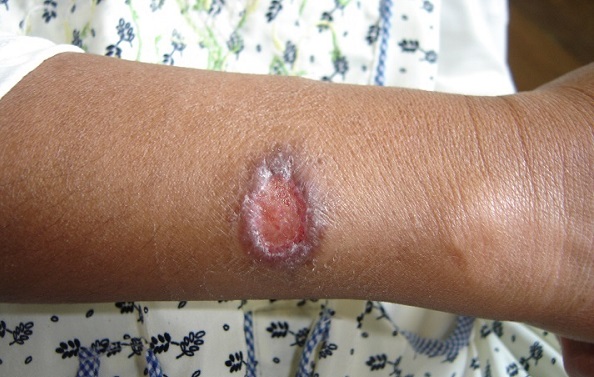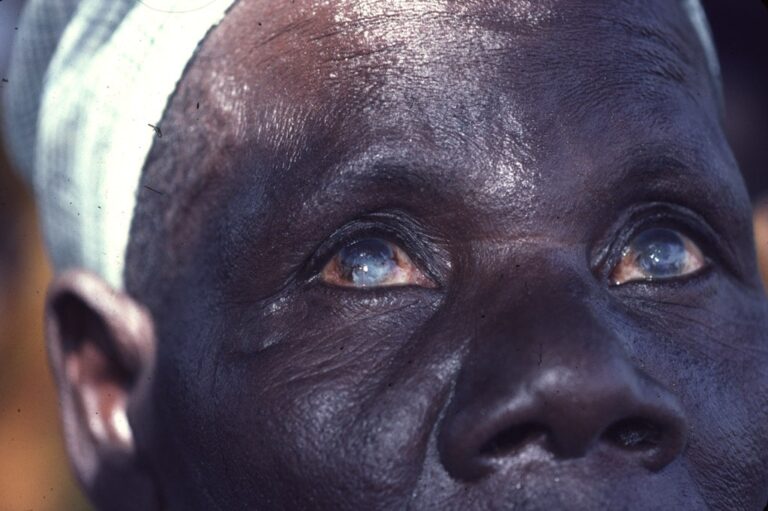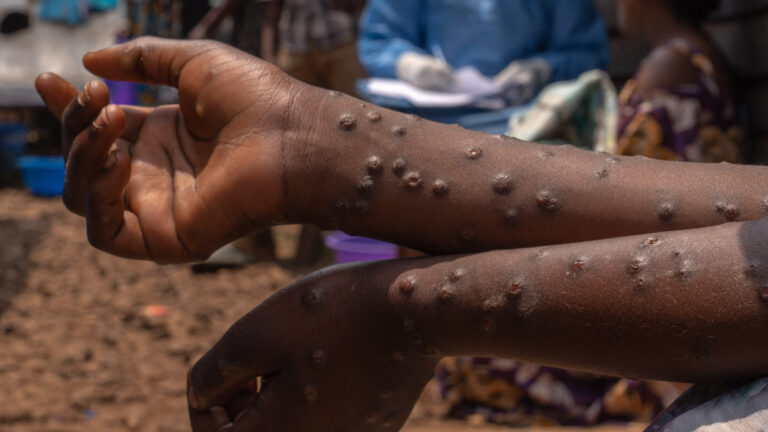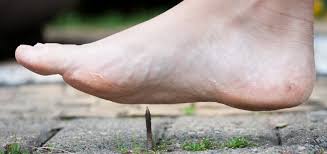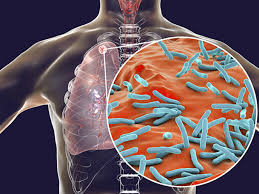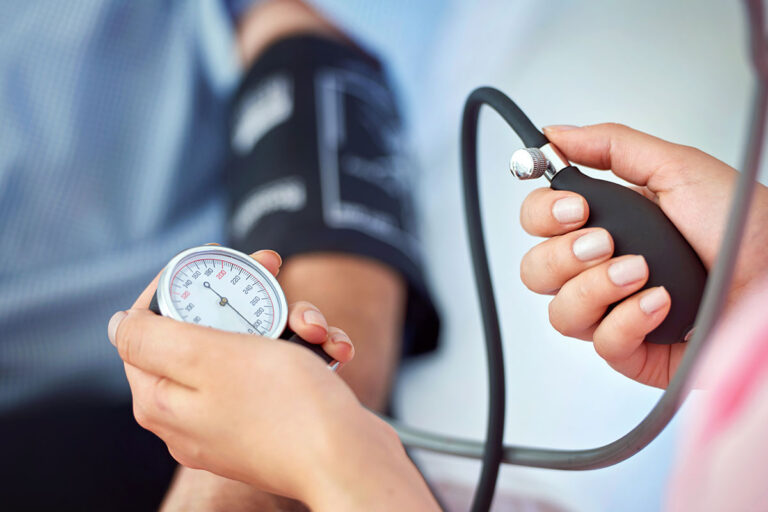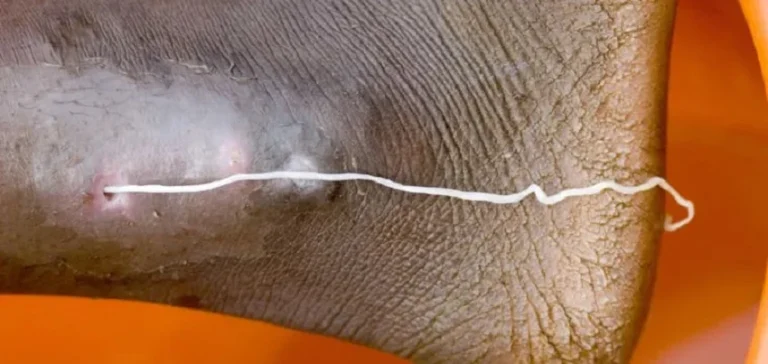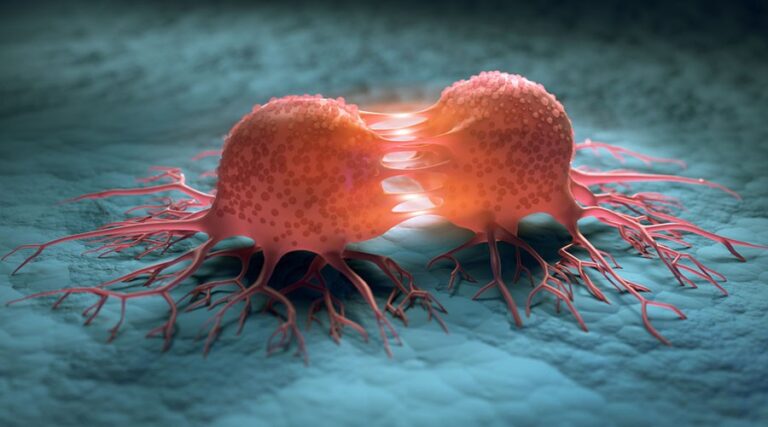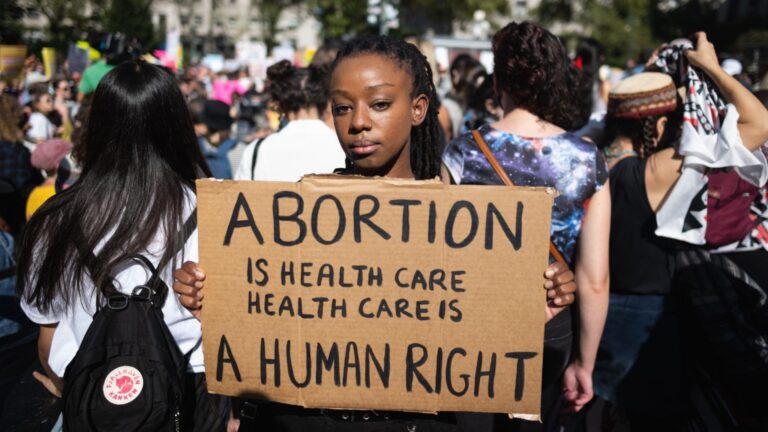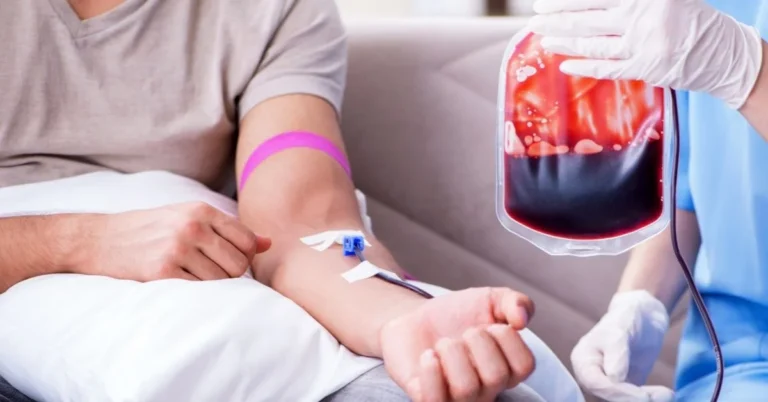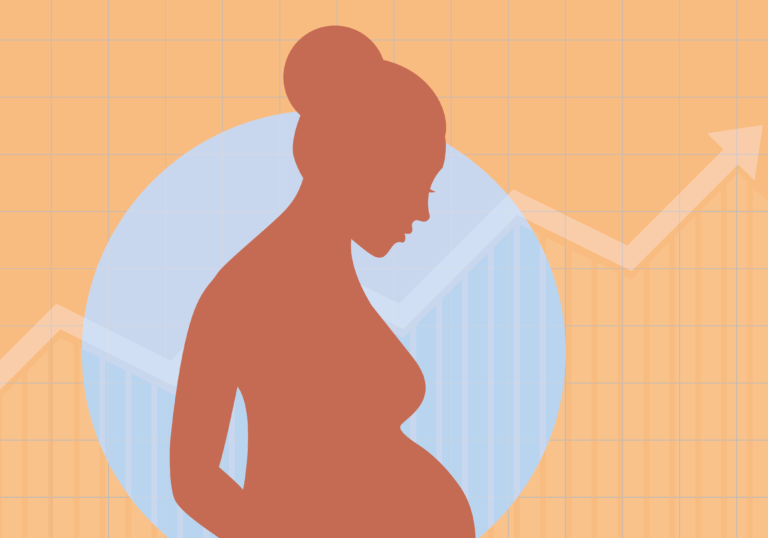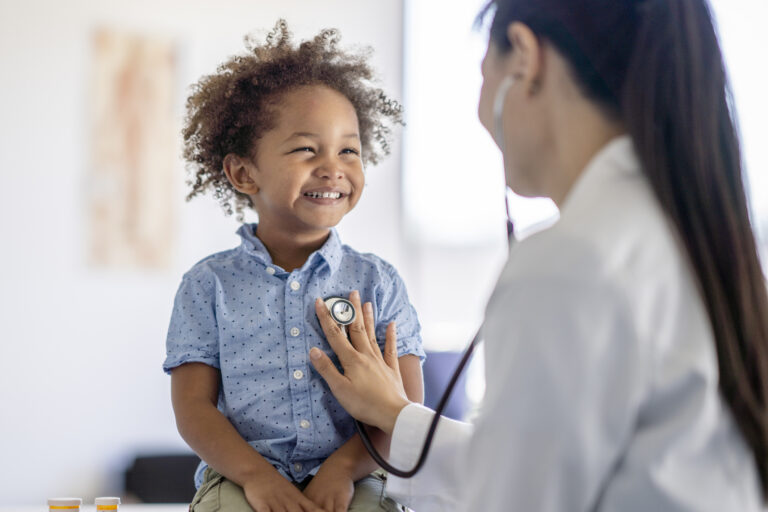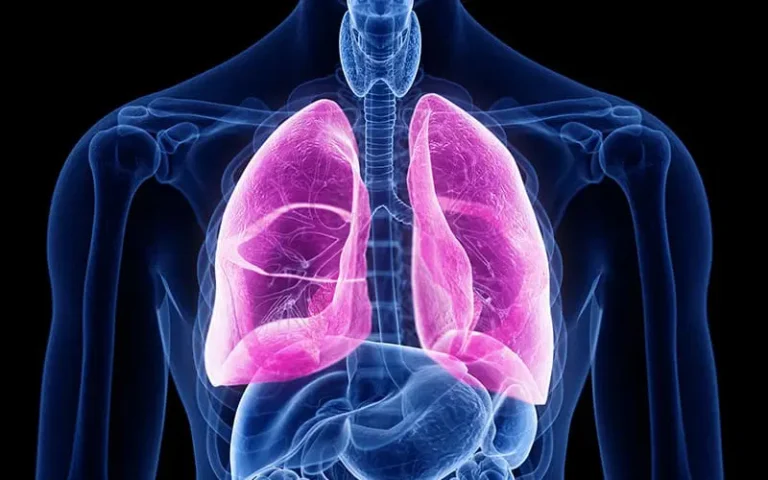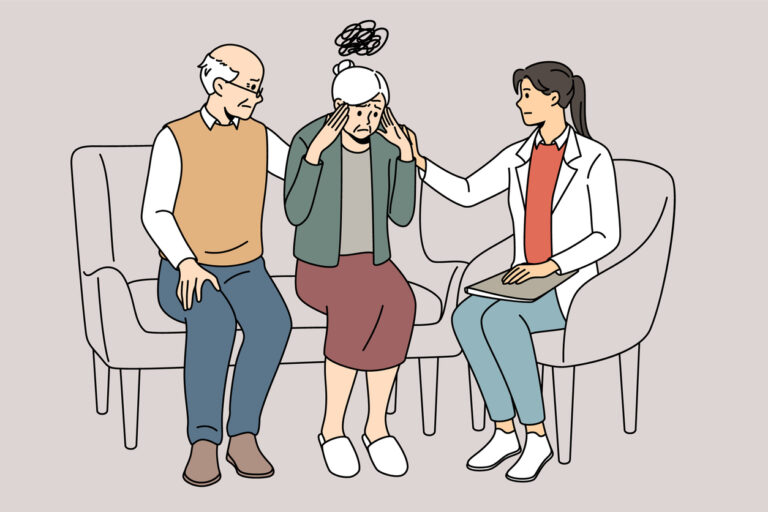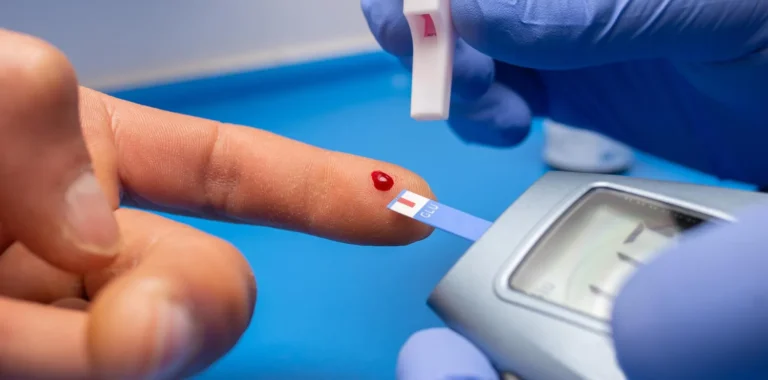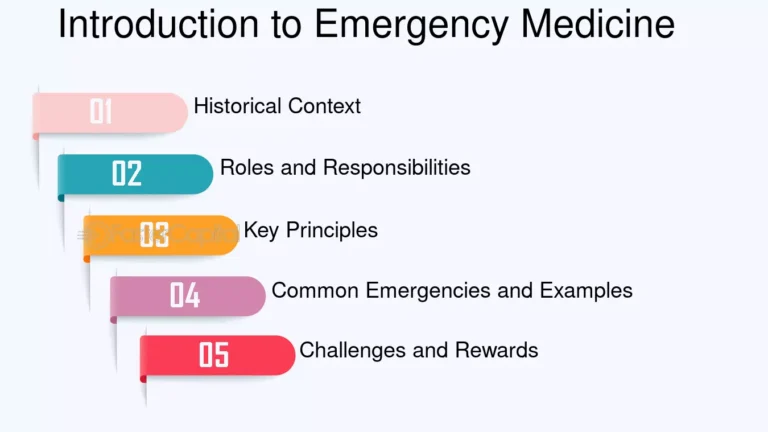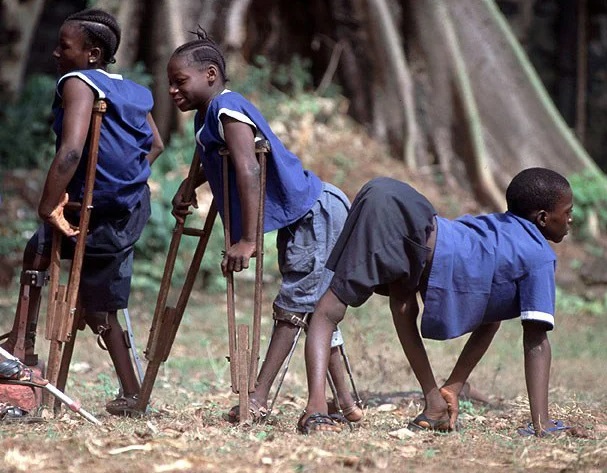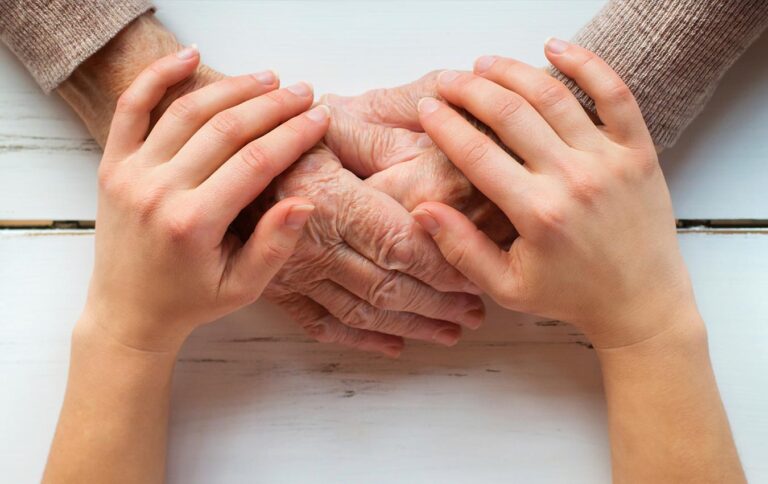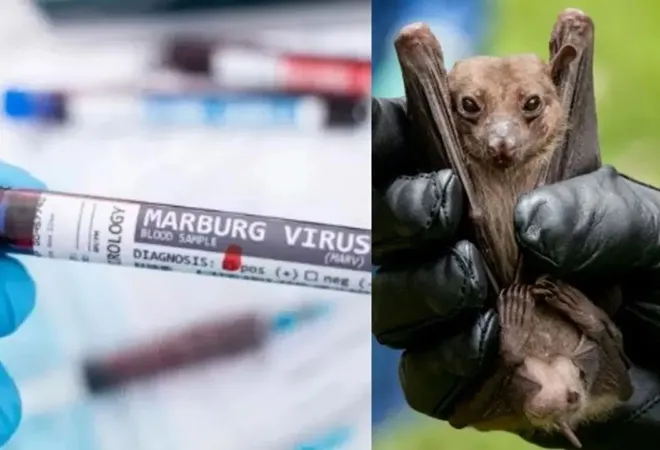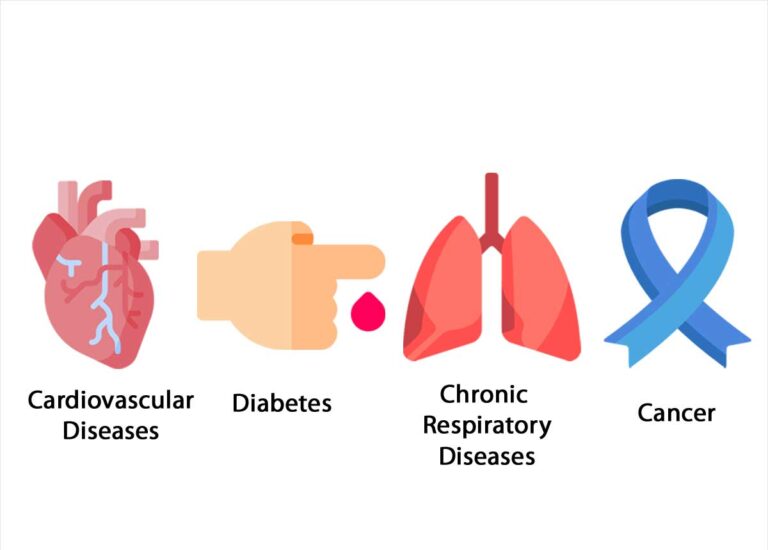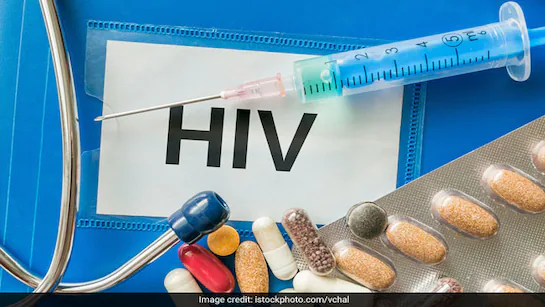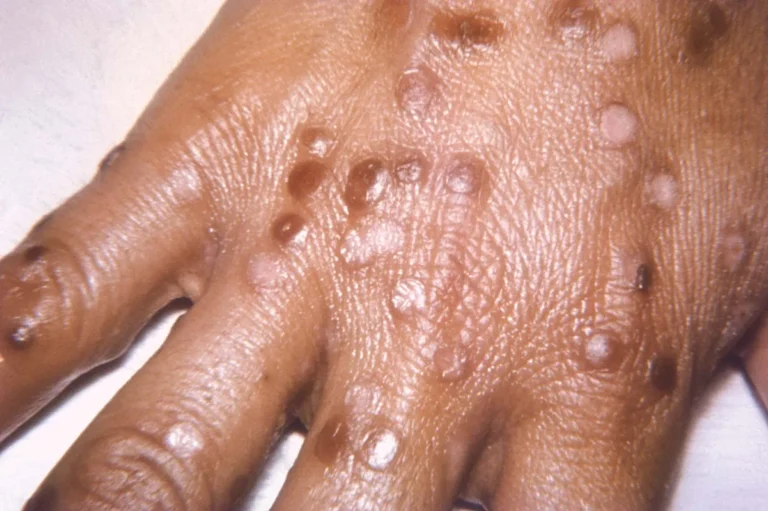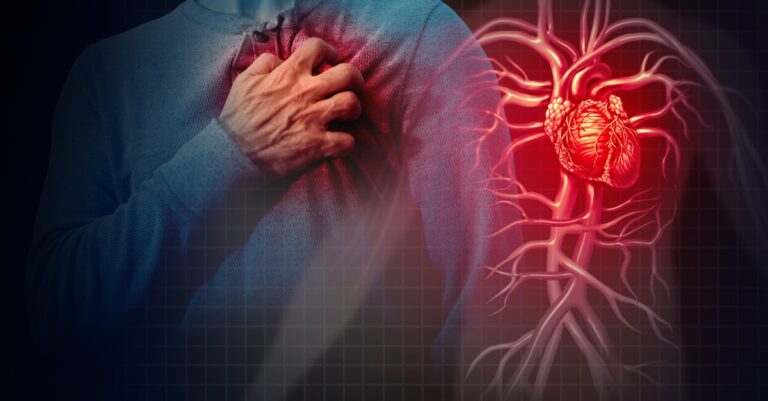Coronavirus Disease (COVID-19)
 Coronavirus Disease 2019 (COVID-19) is an infectious disease caused by the severe acute respiratory syndrome coronavirus 2 (SARS-CoV-2). It emerged in late 2019 and rapidly spread globally, leading to a pandemic that significantly impacted public health, economies, and societies worldwide. Here’s a detailed overview:
Coronavirus Disease 2019 (COVID-19) is an infectious disease caused by the severe acute respiratory syndrome coronavirus 2 (SARS-CoV-2). It emerged in late 2019 and rapidly spread globally, leading to a pandemic that significantly impacted public health, economies, and societies worldwide. Here’s a detailed overview:
Origins and Transmission:
- Origin:
- The initial outbreak was identified in Wuhan, Hubei Province, China.
- The exact origin of SARS-CoV-2 is still under investigation, with ongoing research into zoonotic origins (animal-to-human transmission).
- The initial outbreak was identified in Wuhan, Hubei Province, China.
- Transmission:
- COVID-19 primarily spreads through respiratory droplets and aerosols produced when an infected person coughs, sneezes, speaks, or breathes.
- Transmission can occur through close contact with an infected person or by touching contaminated surfaces.
- Airborne transmission, especially in poorly ventilated indoor spaces, is also a significant factor.
- COVID-19 primarily spreads through respiratory droplets and aerosols produced when an infected person coughs, sneezes, speaks, or breathes.
Symptoms:
COVID-19 presents a wide range of symptoms, from mild to severe:
- Common Symptoms:
- Fever or chills
- Cough
- Fatigue
- Shortness of breath or difficulty breathing
- Muscle or body aches
- Headache
- Loss of taste or smell
- Sore throat
- Congestion or runny nose
- Nausea or vomiting
- diarrhea
- Fever or chills
- Severe Symptoms:
- Difficulty breathing or shortness of breath
- Persistent chest pain or pressure
- Confusion
- Inability to wake or stay awake
- Pale, gray, or blue-colored skin, lips, or nail beds, depending on skin tone
- Difficulty breathing or shortness of breath
Complications:
COVID-19 can lead to severe complications, including:
- Pneumonia
- Acute respiratory distress syndrome (ARDS) Blood clots
- Multisystem inflammatory syndrome (MIS)
- “Long COVID” (post-COVID-19 syndrome), which involves persistent symptoms such as fatigue, shortness of breath, and cognitive dysfunction.
Diagnosis:
COVID-19 is diagnosed through:
- Molecular tests (PCR): These tests detect the virus’s genetic material and are highly accurate.
- Antigen tests: These tests detect viral proteins and provide rapid results, but they are generally less sensitive than PCR tests.
Prevention:
Preventive measures are crucial for controlling the spread of COVID-19:
- Vaccination: Vaccines have been highly effective in reducing the risk of severe illness, hospitalization, and death.
- Hand hygiene: Frequent handwashing with soap and water or using alcohol-based hand sanitizer.
- Masking: Wearing well-fitting masks in public indoor spaces, especially when transmission rates are high.
- Physical distancing: Maintaining a safe distance from others.
- Ventilation: Improving ventilation in indoor spaces.
- Testing and isolation: Getting tested when experiencing symptoms and isolating if positive.
Treatment:
Treatment for COVID-19 depends on the severity of the illness:
- Mild cases: Rest, fluids, and over-the-counter medications to relieve symptoms.
- Severe cases: Hospitalization, oxygen therapy, and medications such as antiviral drugs (e.g., Paxlovid, Remdesivir) and corticosteroids.
Ongoing Developments:
- SARS-CoV-2 continues to mutate, leading to the emergence of new variants.
- Ongoing research focuses on developing more effective treatments and vaccines.
- Public health efforts are focused on monitoring virus circulation and adapting preventive measures.
Key Organizations:
- World Health Organization (WHO): Provides global guidance and coordination.
- Centers for Disease Control and Prevention (CDC): Provides national guidance and information in the United States.
It is important to stay up to date with the latest information from reliable sources like the WHO and CDC, as the situation is constantly evolving.
